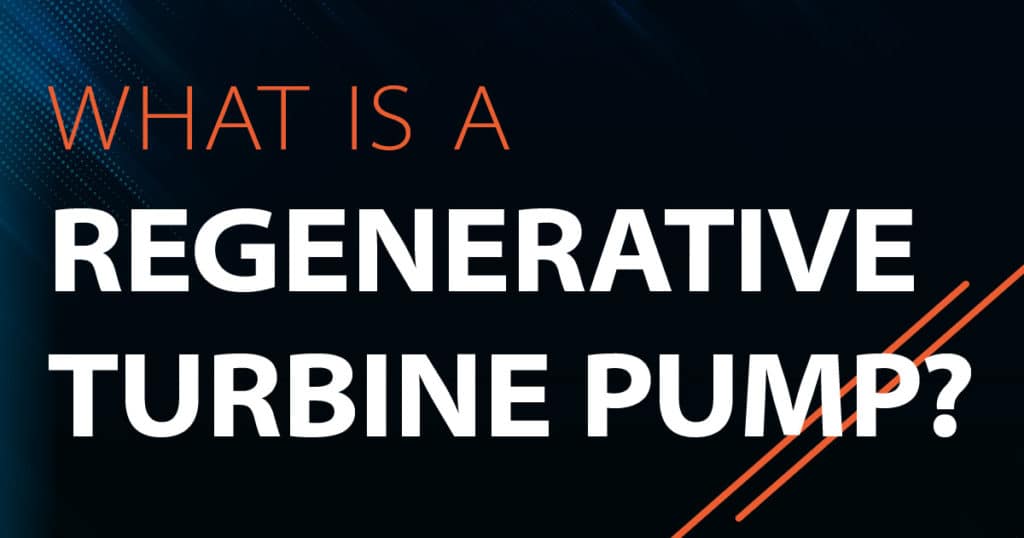Liquid petroleum gas (LPG), ammonia, refrigerants, and hydrocarbons are a few of the volatile liquids and hard-to-handle fluid applications that deserve our attention. These liquids are not only volatile to move, but generally have low viscosities and higher vapor pressure, leading to cavitation concerns and other pump system problems.
Protect yourself and your operation from volatile liquids with regenerative turbines pumps.
Performance Characteristics of a Regenerative Turbine Pump
As with any challenging application, it’s critical to select and configure the proper pump equipment. Operators frequently turn back to regenerative turbine pumps for high pressure and low viscosity volatile liquids—which handle some of the most difficult fluids, chemicals, and gases.
Regenerative pumps are also sometimes known as peripheral pumps or centrifugal regenerative pumps, offering similar performance characteristics as standard positive displacement pumps. However, the regenerative turbine pump features a rotodynamic design. This enables it to provide high discharge pressures like a positive displacement pump while also having the performance flexibility of a centrifugal pump.
How Do Regenerative Turbine Pumps Work?
Regenerative turbine pumps operate with a free-wheeling disc that includes many small buckets (or “cells”) around its periphery. This disc rotates freely with a non-contacting motion within the pump, essentially functioning as an impeller. There are usually as many as 50-60 cells on the impeller disc. The cells scoop up the liquid from the suction port as it turns.
There is a narrow, hydraulic channel around the cells, which accelerates the liquid during rotation and creates high velocity and pressure. Even so, the liquids can be transferred with a combination of high pressure and low flow rates while entrained vapors are effectively handled. Here, cavitation is much less of a concern.
Performance Features and Benefits
The standard maximum flow rate of most regenerative turbine pumps is around 52.8 gallons per minute (GPM), although some models can handle higher flow rates (as great as 158.5 GPM). The smooth flow is key to ensure that the high pressures and low viscosities of these liquids don’t cause negative physical reactions when being pumped.
Regenerative turbine pumps work well for these challenging applications. From a maintenance perspective, they are relatively simple to manage and don’t have as many moving parts as some comparable pumps. Finally, they tend to operate consistently with minimal adjustments and maintenance for worn components. The impeller disc and the mechanical seal are the two parts which will need to be monitored and replaced as needed to prevent pump failure. A long life cycle and relatively dependable performance can be achieved when operated and maintained properly.
To learn more about regenerative turbine pumps from leading manufacturers like FlowServe and Blackmer, contact the team at DXP Pacific today. Let us help you determine if this special type of pump is best for your application. Then, we can guide you with custom design and precision installation services to get the most out of your pump system.

